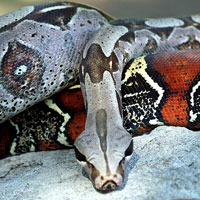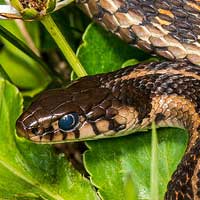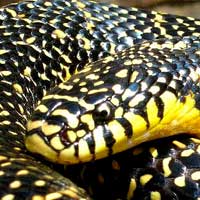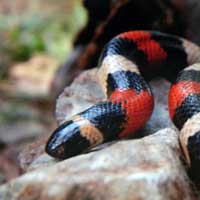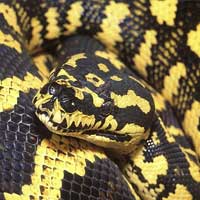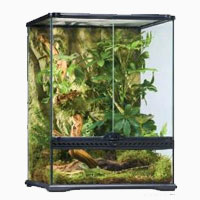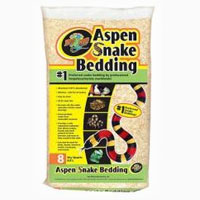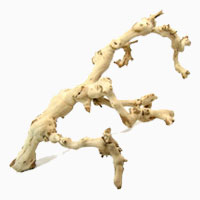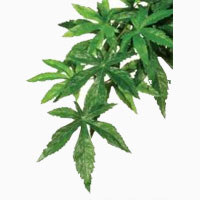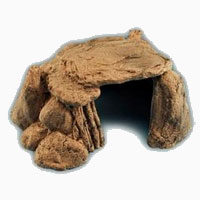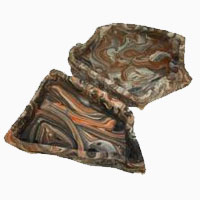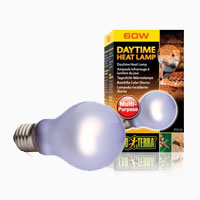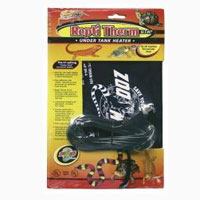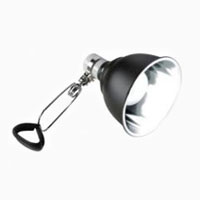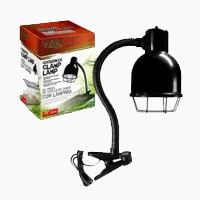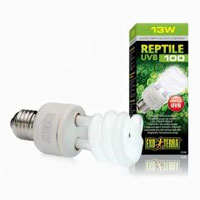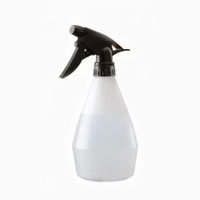Albino California Kingsnake
Scientific Name: Lampropeltis G. Californiae
Share this Post
Commonly known as California Kingsnake, Albino California Kingsnake is a colorful reptile with striped and banded body that resembling albino skin complexion. It became famous in the mid 1930s to 1944 with different patterns but in the same subspecies of getula. Initially, the striped specie was considered as individual (Lampropeltis California) originally from the south of Baja Peninsula that compared with Lampropeltis Nitida.
The Albino Cali Kingsnake can live for 20 years in captivity though the oldest that ever lived hit a record of 33 years and four months. The California Kingsnake exists in different colors from of brown to black and yellow with white patterns. The different subspecies have striped versions and white and black specimen identified as desert phases though they might not originate from deserts. Young albinos start from pinkish color and yellow or white color but as they age, their color turns white as scales become thick and heavy. This snake can grow to a full length of about 5 feet but often an average of 4 feet. An adult striped Albino Cali Kingsnake has a banding of 21 to 44 bands, the dorsal scales range between 23 to 25 bands, and the Ventral range from 213 to 255. It feeds predominantly on rodents, birds, lizards, snakes even the venomous species, and frogs.
Albino California Kingsnakes Are Beautiful Creatures
Facts About Albino California Kingsnakes
Geographic Location
The Albino California Kingsnake is found in regions of California, Arizona, Oregon, Utah, Mexico in Baja Peninsula, and Nevada. Many of the stripes versions are found in the County of San Diego if California. It integrates well with Mexican Black getula and the Desert Kings found in the Southwest Arizona.
Habitat
The reptile can survive in adverse environment of desert, farmland, marshes, and low mountains of less than 5000 feet. It does well in captivity.
Behavior
They are docile and tend to be very defensive when they are young but this behavior changes gradually.
Reproduction
The reptile mates between March and June and lays an approximate of fifteen eggs hatching into 8-13 inches young ones.
Captivity
This kingsnake does great in captivity and can be kept as a pet for many years.
